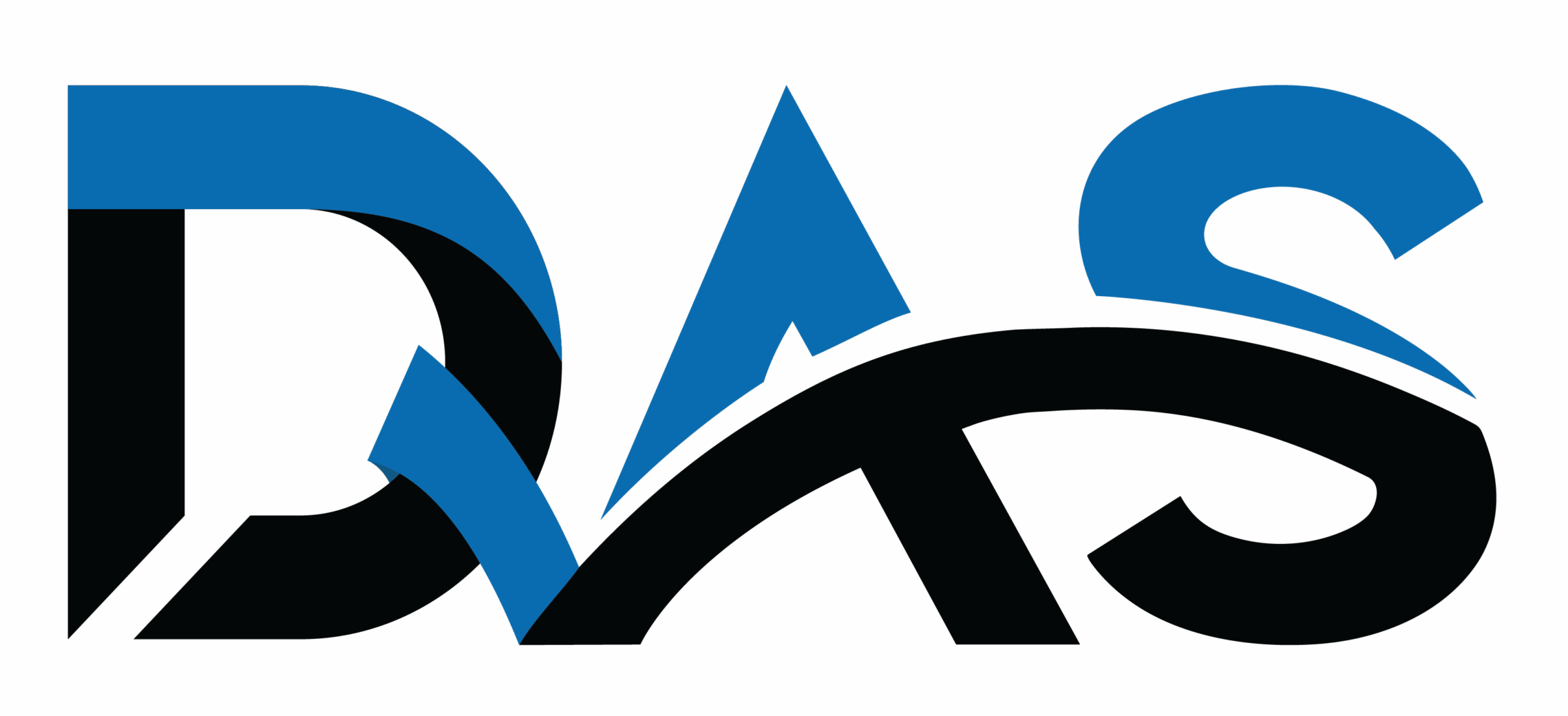Pressure Equipment Calibration
Pressure equipment calibration is a critical process to ensure the accuracy and reliability of instruments used to measure and control pressure in various industrial applications. This calibration involves comparing the readings of pressure-measuring devices to a known reference standard and adjusting them if necessary to meet specified tolerances.
What is Pressure Equipment?
Pressure equipment includes instruments and devices used to measure, regulate, or contain pressure in systems. Common types include:
- Pressure Gauges
- Pressure Transmitters
- Pressure Sensors
- Manometers
- Digital Pressure Indicators
- Pressure Switches
These instruments are used in sectors such as oil & gas, manufacturing, pharmaceuticals, food processing, aerospace, and water treatment.
Purpose of Calibration
- Accuracy: Ensure the pressure equipment gives correct readings within defined tolerances.
- Compliance: Meet international standards such as ISO/IEC 17025, ASME, or local regulatory requirements.
- Safety: Prevent equipment failure and safety hazards in pressure systems.
- Process Control: Maintain the integrity of industrial processes where accurate pressure control is vital.
Calibration Process
Preparation
- Verify the equipment is clean, functional, and free of damage.
- Identify the calibration range and required accuracy.
Reference Standard
- Use a traceable, certified reference device (e.g., deadweight tester, digital pressure calibrator) with higher accuracy than the unit under test.
Calibration Procedure
- Apply known pressure values across the instrument’s operating range.
- Record the instrument’s output at each test point.
- Determine the deviation from the standard.
- If necessary, perform adjustments to bring readings within acceptable limits.
Post-Calibration Verification
- Re-check readings after adjustments to confirm accuracy.
Documentation
- Issue a calibration certificate with data, uncertainty, method, and traceability.
Calibration Frequency
The calibration interval depends on factors such as:
- Manufacturer’s recommendation
- Usage frequency
- Criticality of application
- Past performance history
- Regulatory or standard requirements
Typically, calibration is performed annually or semi-annually, but it may be more frequent in critical applications.
Standards and Traceability
- Calibration should be conducted according to calibration standards guidelines.
- Reference standards should be traceable to national or international measurement standards (e.g., NIST, NPL, PCSIR or PNAC-accredited labs).
Benefits of Pressure Equipment Calibration
- Ensures product quality and process efficiency
- Enhances regulatory compliance and certification readiness
- Reduces risks of operational failures or accidents
- Improves confidence in data and measurements
- Supports preventive maintenance and asset management
DAS Certification Calibration Services
DAS Certification (Private) Limited offers comprehensive calibration services for a wide range of pressure equipment. With traceable standards and experienced calibration engineers, DAS ensures that your instruments meet accuracy and compliance needs as per given standards and industry best practices.
At DAS, we specialize in providing high-precision Pressure Equipment Calibration services to ensure your pressure instruments and systems perform accurately, reliably, and safely. Our expert team uses state-of-the-art tools and equipment to perform calibration to the highest industry standards, ensuring that your equipment meets regulatory requirements and operational needs.
Why Pressure Equipment Calibration is Essential
Pressure equipment calibration is essential to ensure the following:
- Accurate Measurements: Calibration ensures your pressure gauges, sensors, and transmitters provide precise readings for critical operations.
- Regulatory Compliance: Calibration helps you meet industry standards and regulations, avoiding penalties and ensuring safety.
- Safety Assurance: Proper calibration reduces the risk of malfunction, leaks, and pressure-related failures that could lead to accidents or system damage.
- Optimal Performance: Regular calibration helps maintain peak performance, reduce wear and tear, and extend the lifespan of pressure equipment.
Our Calibration Services Include:
Pressure Gauge Calibration
- Objective: Ensure the accuracy of pressure gauges, which are critical for monitoring and controlling system pressure.
- Key Services:
- Calibration of analog and digital pressure gauges
- Calibration across a wide range of pressure values (vacuum, low, medium, and high pressure)
- On-site and off-site calibration options
- Detailed calibration certificates provided for compliance
Pressure Transmitter Calibration
- Objective: Calibrate pressure transmitters for reliable and accurate pressure readings in automation and control systems.
- Key Services:
- Calibration of both differential and absolute pressure transmitters
- Calibration for various industrial applications (HVAC, oil and gas, manufacturing)
- HART and Fieldbus communication support for smart transmitters
- Calibration against known pressure reference standards
Pressure Sensor Calibration
- Objective: Ensure that pressure sensors used in various equipment deliver consistent and precise readings.
- Key Services:
- Calibration of piezoelectric, capacitive, and strain gauge-based pressure sensors
- Calibration for environmental pressure sensors in critical systems
- Use of traceable reference standards to guarantee measurement accuracy
High-Pressure Equipment Calibration
- Objective: Perform calibration on high-pressure systems and equipment, commonly used in specialized industries such as oil, gas, and power generation.
- Key Services:
- Calibration of high-pressure systems (up to thousands of PSI)
- Safety checks for equipment handling extreme pressure
- Compliance with safety standards for high-pressure calibration
Multi-Point Calibration
- Objective: Provide comprehensive calibration at multiple points to ensure the full pressure range of equipment is accurate.
- Key Services:
- Multi-point calibration of pressure devices (gauges, transmitters, sensors)
- Calibration at varying pressure levels (from low to full scale)
- Ensuring accurate performance throughout the equipment’s operational range
Leak Testing and Verification
- Objective: Verify that pressure equipment is properly sealed and functioning without leaks.
- Key Services:
- Leak detection and verification using advanced testing methods
- Pressure vessel leak testing for safety compliance
- Gas-tightness testing for systems involving pressurized fluids or gases
The Calibration Process:
On-Site or Off-Site Calibration: Our team will perform the calibration at your location or in our certified calibration lab.
Verification and Testing: We verify the equipment’s accuracy, checking all key points and adjusting where necessary.
Reporting and Certification: After calibration, you will receive a detailed report and calibration certificate that ensures compliance with industry standards.
Ongoing Maintenance & Calibration Scheduling: We can set up a regular calibration schedule to ensure ongoing accuracy and reliability
